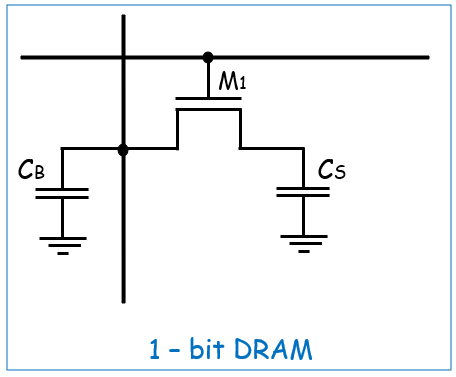In this blog post, we delve into the most frequently asked questions about VLSI (Very Large Scale Integration). Whether you’re a beginner exploring the world of semiconductor design or an experienced engineer looking for insights, these FAQs cover key aspects of VLSI that are crucial to understand.
- What are the key differences between ASIC and FPGA?
- What are Flip-Flops and how do they differ from Latches?
- Explain the concept of clock skew and how it affects digital circuits.
- What are the different types of memories used in VLSI systems?
- What is metastability in digital circuits, and how is it handled?
- Explain the concept of Moore’s Law and its impact on VLSI technology.
- How does USB data transfer work, including the host-slave architecture, addressing and data signals?
- What is Twin Tub CMOS technology and how does it work?
- How many transistors do a Static RAM ?
- Discuss the role of EDA (Electronic Design Automation) tools in VLSI design.
- What is Verilog? How is it different from normal programming languages?
- How can we use BJT as a switch?
- What are the basic logic gates and their functions?
- How does Boolean algebra apply to logic circuit design?
- Explain the working principle of DRAM and SRAM.
- What are registers and their role in digital circuits.
- Can you explain the AMBA protocol: APB, AHB and ASB?
- What are the 12 important concepts you need to know when designing a chip?
- What are Signal Integrity and Crosstalk Effect in VLSI circuits?
- What is the antenna effect in VLSI, and how can it be mitigated?
- What are the differences between UART, I2C, and SPI communication protocols?
- How does the RS232 protocol differ from other serial communication protocols?
- What is the Ethernet communication protocol and how does it function?
- How do counters work in sequential circuits?
- What are the different types of transistors used in VLSI?
- What are the key components of an FPGA's architecture?
- What are the two primary VLSI design methodologies?
- Describe the basic rules for designing logic circuits in CMOS technology.
- Explain the design flow in VLSI.
- What are the two operating modes of dynamic CMOS, and how do they function?
- Why mux is called universal logic selector?
- Why mux is called data selector?
- What are differences between Multiplexer(MUX) and Demultiplexer(DEMUX)?
- What is the difference between synchronous and asynchronous circuits?
- How do setup and hold times affect circuit design?
- What is the difference between static and dynamic power consumption in VLSI?
- What is the role of parasitic capacitance in VLSI circuits?
- What is the importance of Design for Testability (DFT) in VLSI?
- Explain the concept of pipelining in digital circuits.
- What is the difference between CMOS and BiCMOS technologies?
- Explain the differece between behavioral and structural modeling in HDL.
- What is the difference between RTL (Register Transfer Level) and gate-level design?
- What is the role of floorplanning in VLSI design?
- What is the difference between Analog and Digital VLSI design?
- Explain the concept of Latch-up in CMOS circuits and how it can be prevented.
- What is the difference between microprocessor ad microcontroller in VLSI?
- What is the purpose of decoupling capacitor in a digital circuit?
- What is a System-On-Chip?
- What is the difference between Hard IP and Soft IP in VLSI?
- What do you understand by DCMs? Why are they used?
- What is timing closure in VLSI design, and why is it important?
- What is an Analog Sampled Data Signal?
Have more questions about VLSI? Drop them in the comments, and we’ll do our best to provide answers.

